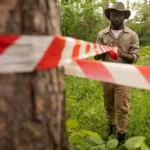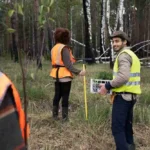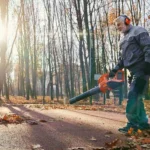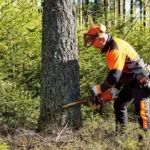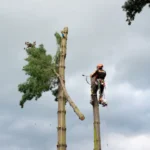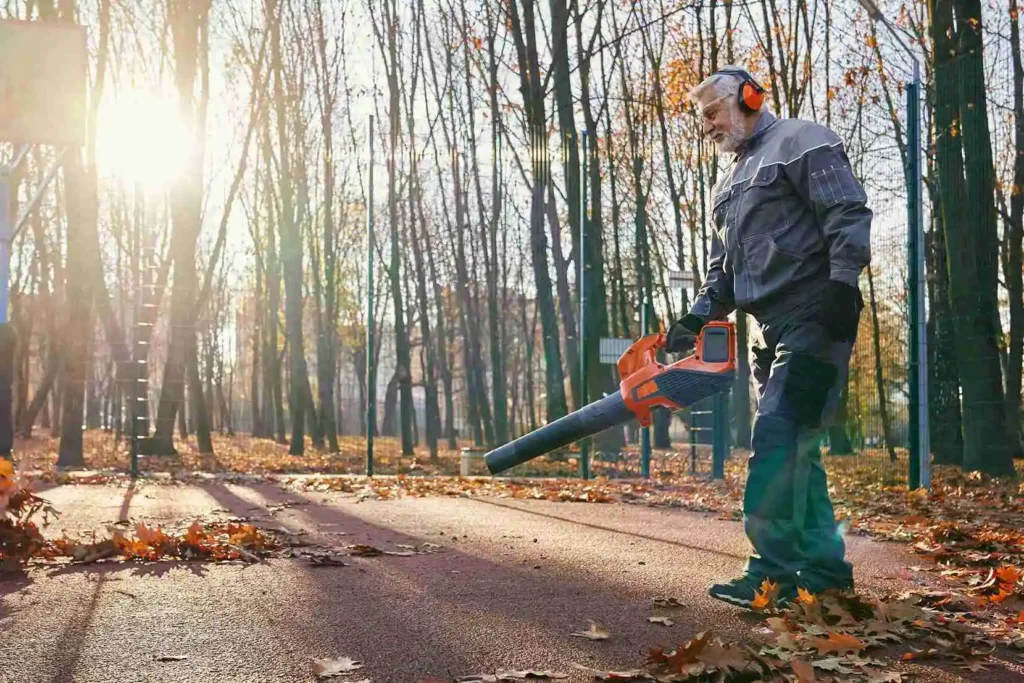
Don’t Wait Until It Falls Why Denver Trees Need Removal This Season
Introduction
Did you know that Denver’s unpredictable spring weather and dry climate make tree maintenance crucial every single year? Neglecting trees on your property isn’t just an aesthetic issue; it’s a safety and environmental one. Weak branches, disease, and overgrown roots can lead to severe risks if left unchecked.
Whether it’s for safety, fire prevention, or simply to enhance your landscape, removing problematic trees is an essential step this season. Read on for the top reasons you should call in the experts and get ahead of potential hazards.
Spring Weather Can Turn Trees Into Hazards
Denver’s spring can be a rollercoaster of weather patterns, with heavy snowfalls, strong winds, and sudden storms. Trees that are already weak or diseased are especially vulnerable in these conditions.
The weight of snow on brittle branches can cause them to snap, while strong winds can bring entire trees crashing down, putting your property (and family) at risk. Removing hazardous trees now ensures that your yard is safe, no matter what the weather brings.
Pro Tip
If you’ve noticed cracked limbs or funky-looking bark on a tree, don’t wait for the next big storm to test its resilience.
Dead or Diseased Trees Attract Pests
Dead or dying trees might seem like harmless background scenery, but they’re actually prime real estate for unwanted pests like termites, beetles, and rats. Once these pests move in, they can spread through your yard, into other trees, and even into your home’s structure.
Removing affected trees promptly can save you from future headaches (and pest control bills).
Tree Roots Can Wreak Havoc Underground
It’s not just what you see above ground that matters. Tree roots can grow unchecked, wreaking havoc on your property’s underground systems. Here are just a few ways they cause trouble:
- Damage to Plumbing: Roots seeking moisture can invade pipes, causing blockages or even burst pipes.
- Cracked Driveways and Foundations: Roots growing under paved areas can lift and crack the ground, leading to costly repairs.
If you’re noticing signs of root damage, like uneven sidewalks or slow drains, it’s time to assess whether that tree is worth keeping.
Leaning Trees Mean Risky Business
Are you noticing a tree on your property that seems… tilted? It’s not just quirky; it’s dangerous. Leaning trees can signal root instability or structural weakness. These are major warning signs that a tree could fall during a storm, resulting in significant damage to your home or other structures.
Calling in professional tree removal experts now can help you avoid future regret after a preventable accident.
Fire Mitigation Starts with Tree Management
Did you know Colorado is one of the top states at risk for wildfires? Overgrown or neglected trees can act as fuel, allowing flames to spread rapidly across properties.
Professional tree removal and fire mitigation services are key to protecting your home and landscape. By clearing out dead wood, dry branches, and flammable vegetation, you create a defensible space that can help slow wildfire spread.
Improve Your Landscape and Property Value
While safety and practicality are major motivators, tree removal also adds undeniable aesthetic and financial value to your property.
Removing overgrown or poorly placed trees opens up your landscape, giving it a cleaner, more cohesive look. Plus, real estate experts agree that well-maintained yards can significantly boost home resale value.
If that sounds appealing, don’t wait to give your outdoor space a refresh.
Don’t Wait- Call Denver’s Tree Removal Experts Today
When it comes to hazardous trees, procrastination is not your friend. Creative Tree & Stump LLC offers reliable, professional tree removal services throughout Denver and nearby communities. Whether you need emergency storm cleanup, stump grinding, or fire mitigation, we’re here to help. Call us at (970) 580-6932 or visit www.creativetreeandstump.com to request a free quote.
Frequently Asked
How Do I Know If a Tree Needs to Be Removed?
If you’re unsure about the health or stability of your tree, here are some telltale signs that it might need to go:
- Dead branches or ones that appear brittle and unsafe.
- Fungal growth, like mushrooms, at the tree’s base.
- Leaning trees with exposed roots or cracks in the trunk.
- Damage after a storm or significant pest infestation.
Still not sure? Our certified experts can assess your trees and make recommendations.


